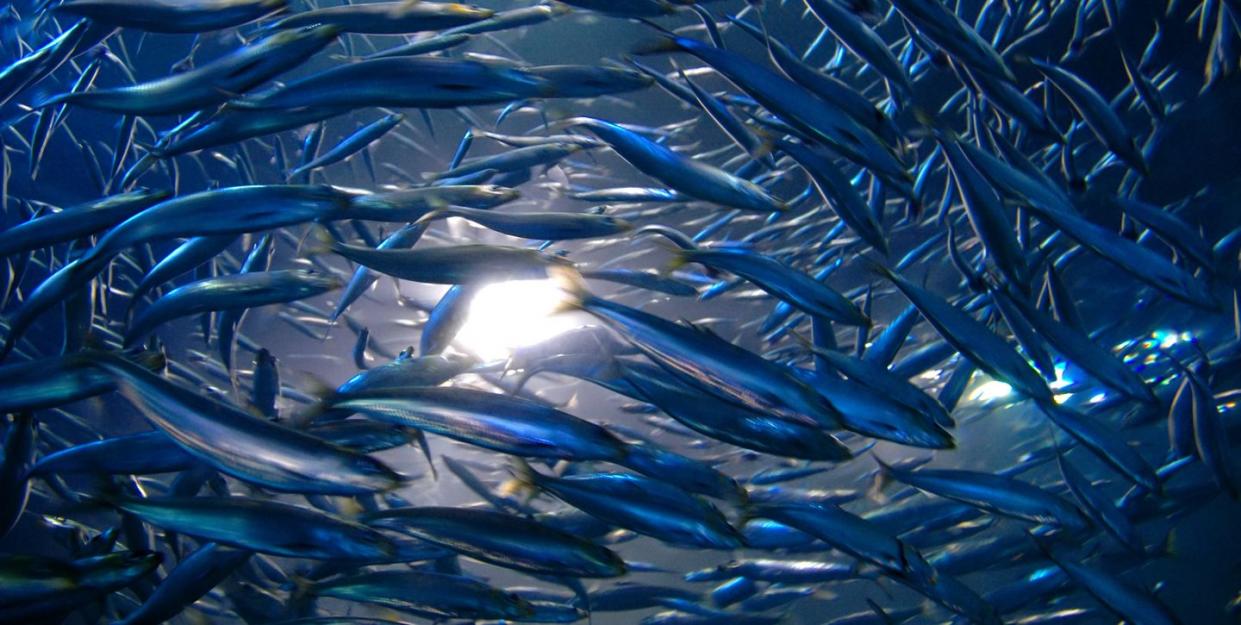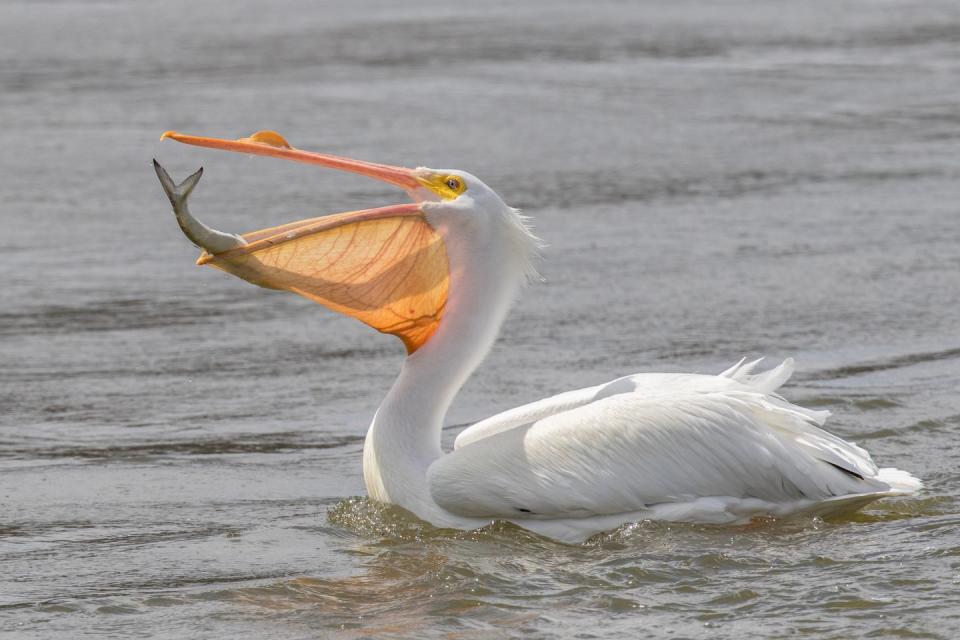Hallelujah, It’s Raining Fish (Anchovies, To Be Exact)

The anchovy population is spawning, and their numbers have been unusually high since 2020.
Sea birds are having a feast, eating the fish until stuffed, and then dropping their unwanted food in random places.
Researchers believe this is a temporary phenomenon, due to the unusually high population of anchovies.
Homeowners in San Francisco have reported hearing loud splats on their roofs and driveways over the past few weeks. In a bizarre twist, when they went out to investigate, they found … anchovies.
It’s not a freak storm surge that picks fish up out of the bay and drops them elsewhere, as is known to happen to frogs, bugs, or even fish under certain circumstances. (Like the frogs that were swept up in a tornado from their watery home in 1873 and transported to Kansas City, where they fell on shocked residents as the wind dissipated.) And it’s not a TikTok sardine-throwing challenge, as one San Franciscan assumes in a Reddit post from earlier this month.
🐠You love weird stuff. So do we. We’ll help you make sense of it all—join Pop Mech Pro.
Instead, the San Francisco Bay area’s anchovy population has exploded. So many of the three- to five-inch-long silvery fish are crowding the waters that seagulls are apparently too full to keep feasting. So, even as they continue to greedily catch more fish in their beaks, the birds decide mid-flight that they just can’t stomach another mouthful, and release them in random spots—much to the amusement and disgust of local residents.
“From Half Moon Bay to Point Reyes, people are telling me they’ve never seen bait this thick,” Larry Collins, president of the San Francisco Community Fishing Association, told SFGATE this week. “I heard stories just last week from guys who said that the water out there was just covered with thousands of birds, and the birds were just sitting on the water with anchovies in their mouths because they can’t eat anymore.”
Some of the offenders are pelicans, who normally dive for fish, but can now just descend to the water’s surface and dip up prodigious mouthfuls in their trough-like beaks. They are also to blame for the fish falling onto city property, Whitney Grover, interim deputy director at the Golden Gate Audubon Society, told SFGATE.
Jim Ervin, a retired laboratory analyst at San Jose’s Environmental Services Department, recorded the unusually large numbers of anchovies on June 11, writing that “monthly totals in April and May were 29 and 52, respectively. The total number leaped to over 2,600 for the June trawls.” Only the January catch was higher, at 2,934, he wrote in his blog post for the University of California, Davis’s Otolith Geochemistry & Fish Ecology Laboratory.

The most likely theory for the high numbers of anchovies nearer to the surface is that they were spawning, Ervin explains. This is peak anchovy spawning season in the Bay area. “We are experiencing a very large surge in the anchovy population from 2020 to present,” he writes. Juvenile anchovy numbers were high as far back as January 2021, so it makes sense for there to be many adults spawning now. Plus, they were headed to their own feast, probably a recent surge in microscopic zooplankton, he adds in his blog post.
Right now, nutrient-dense water is rising from the ocean depths in a natural pattern of upwelling, in which cold water replaces warmer water at the surface, Adam Ratner, associate director of conservation education at the Marine Mammal Center in Sausalito, told SFGATE. “The water temperatures right now do appear to be colder than normal, and this has provided some much-needed food for animals such as anchovies, seabirds, and marine mammals,” Ratner said. While climate change may make water warmer in the long run, the normal chill is supporting “fishing communities, migrating whales, and our local sea lions,” he added.
So what to do with all this extra fish? Perhaps seafood eateries may offer more anchovy dishes. If you live in the Bay area, it’s probably best to partake in the bounty at a restaurant, and not to try the free samples falling from the sky.
You Might Also Like

